#elisabeth of greece
Text
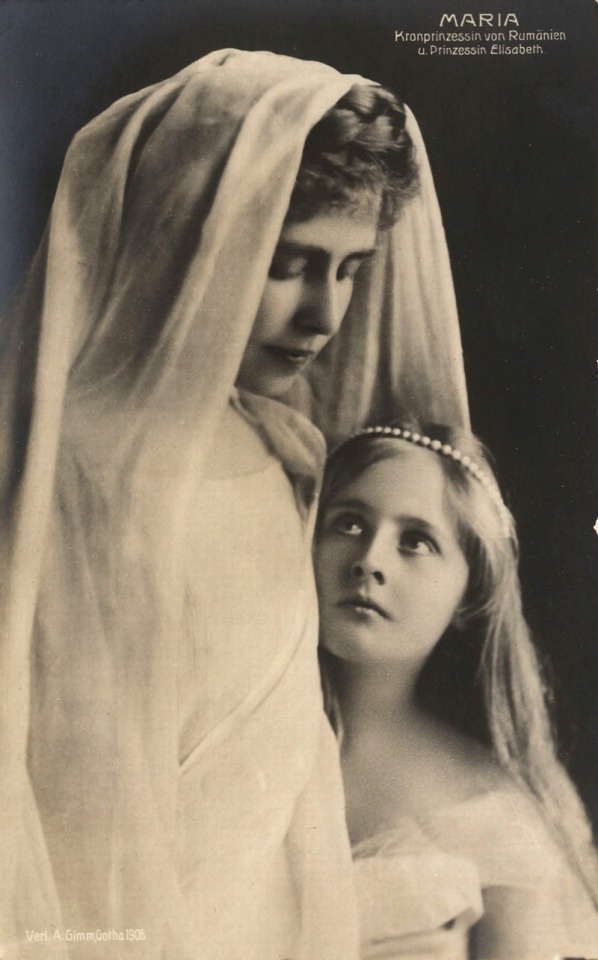
Marie of Romania with her daughter, princess Elisabeth (later queen of Greece).
#m#p#elisabeth of greece#princess elisabeth of romania#queen elisabeth of greece#queen marie of romania#queen marie
22 notes
·
View notes
Text
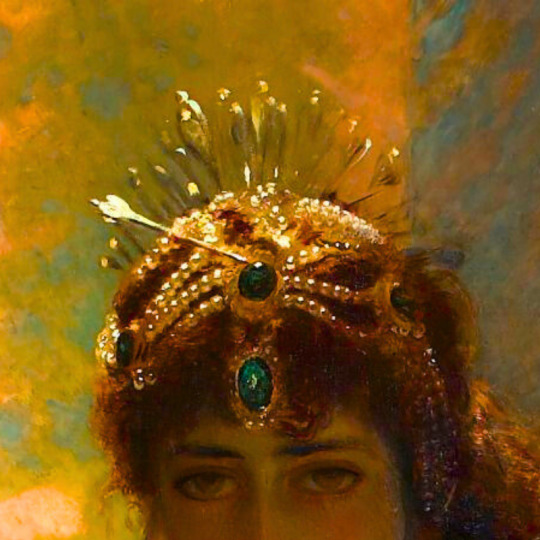
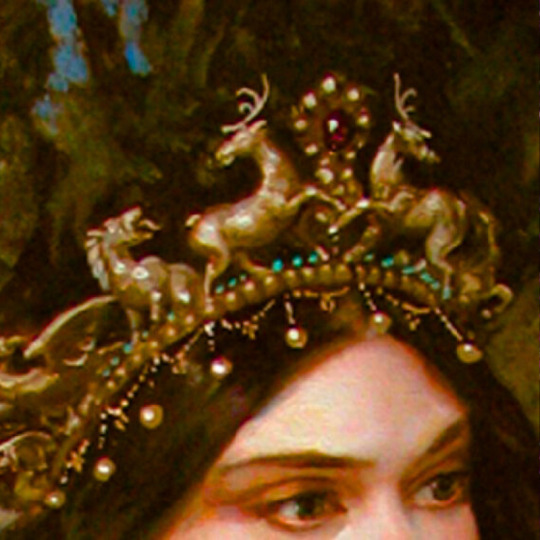
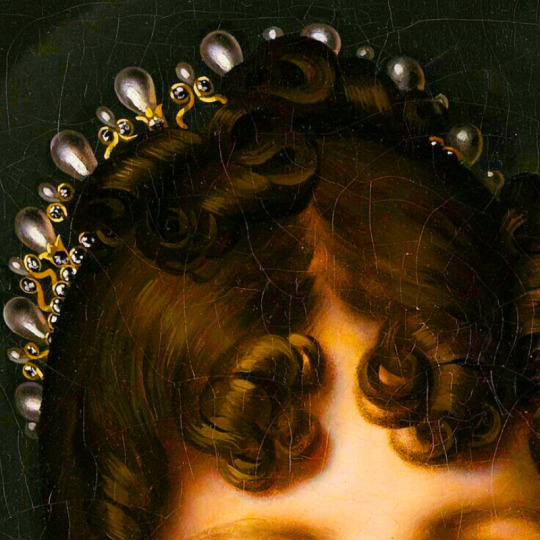
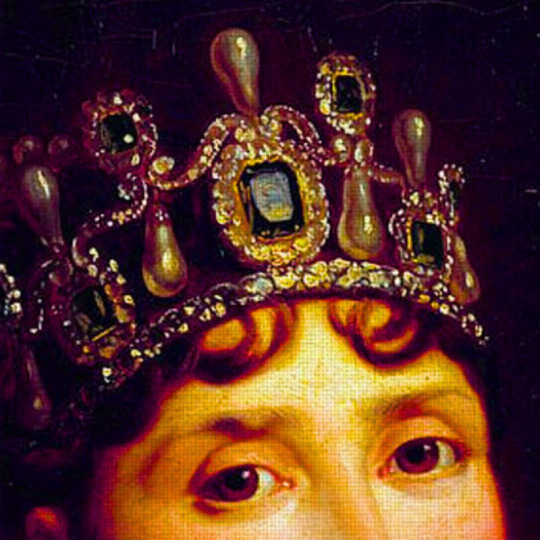
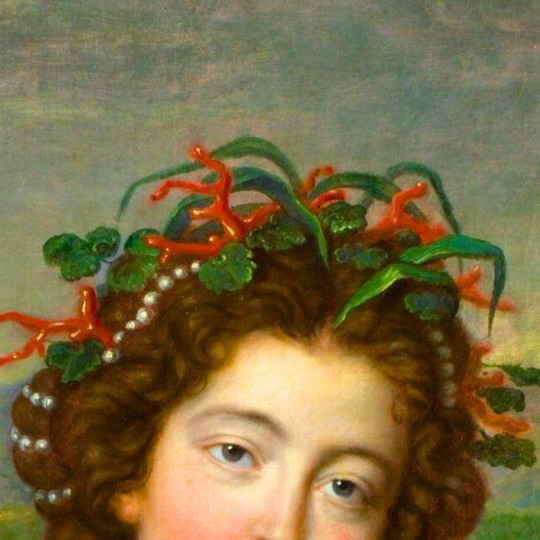
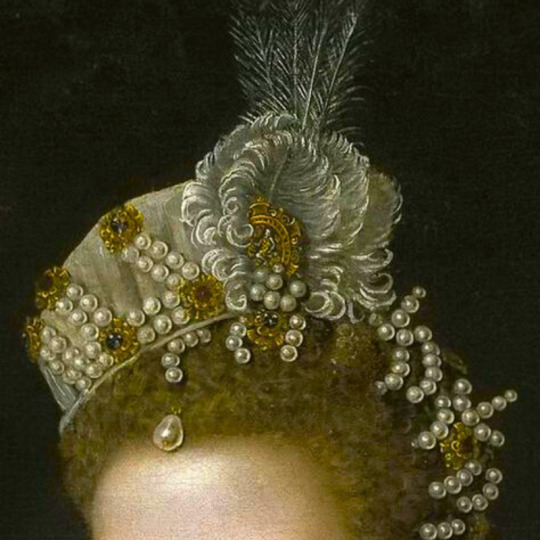
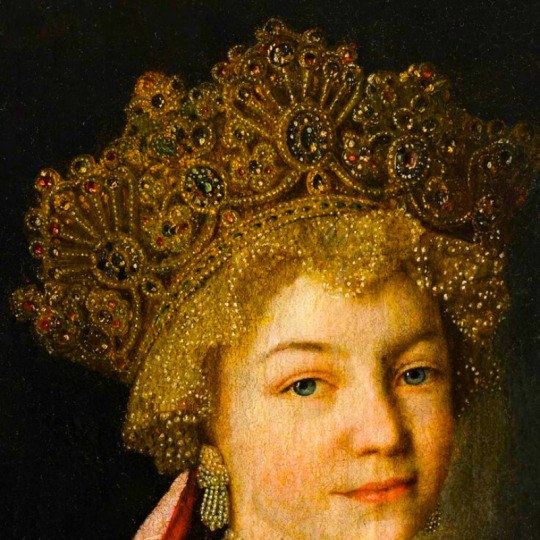
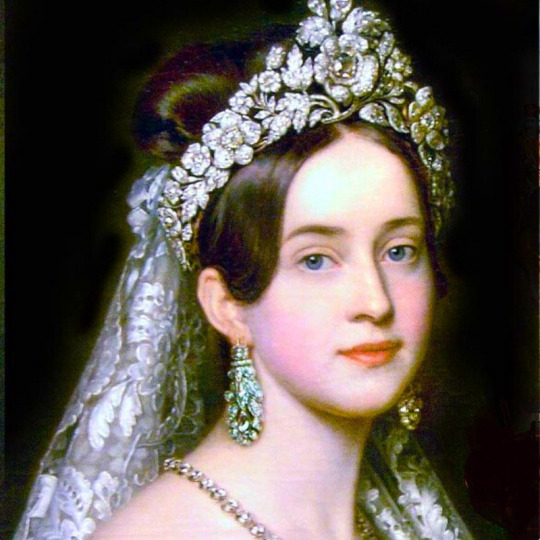
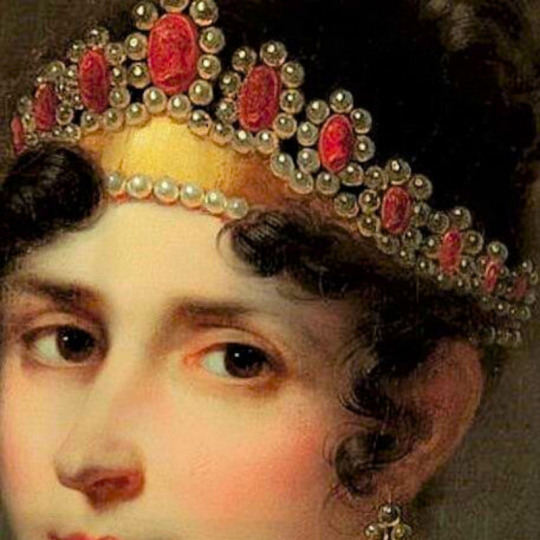
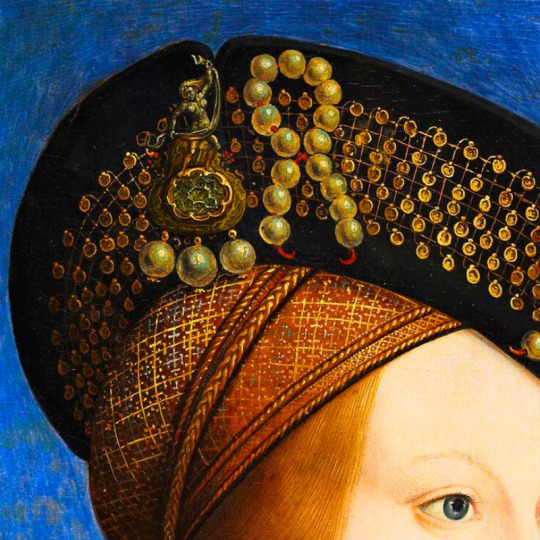
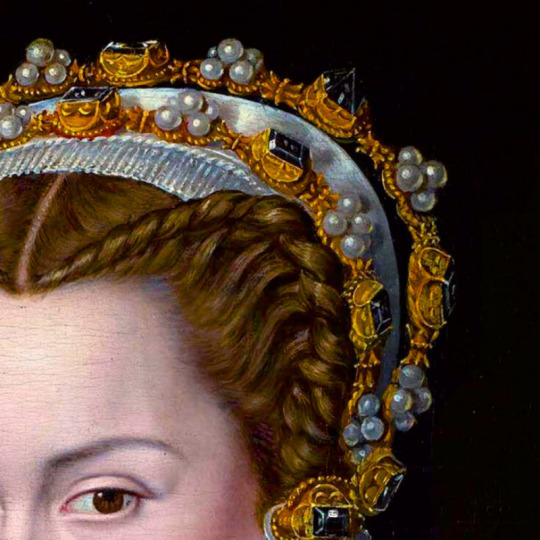

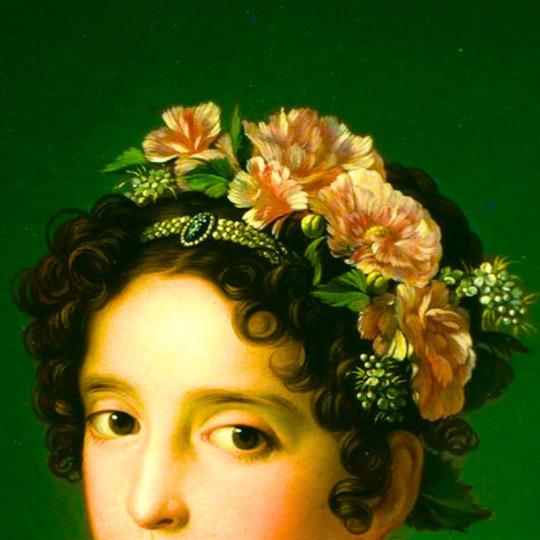
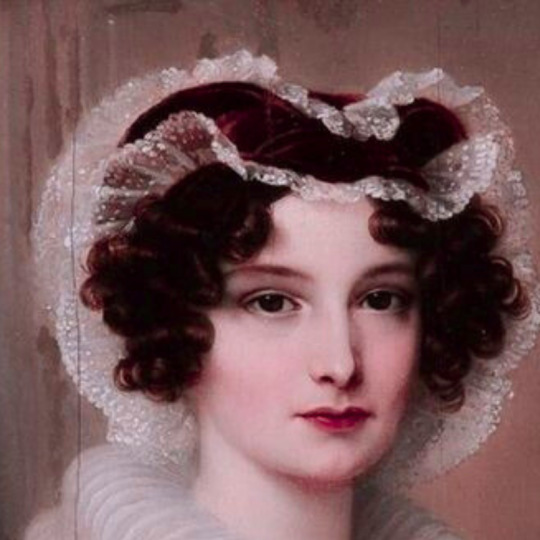
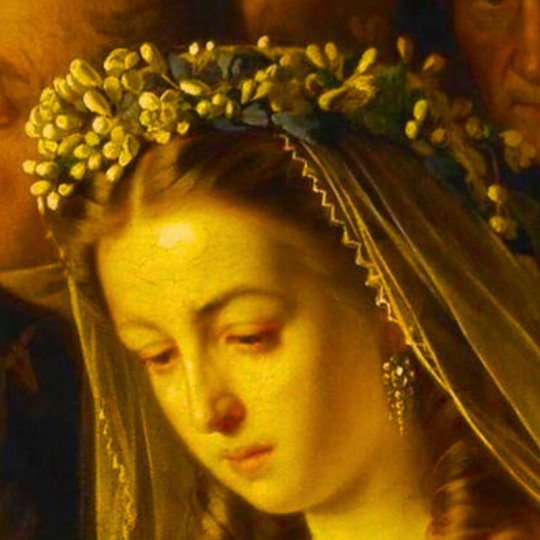
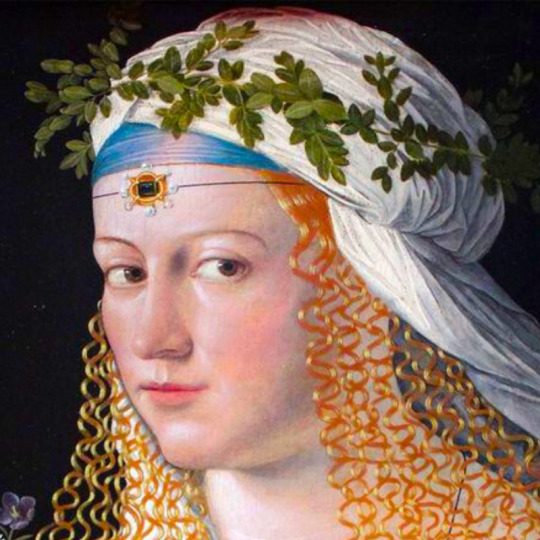
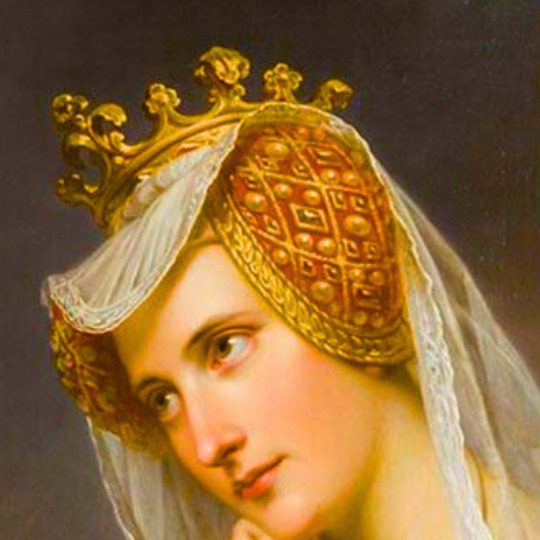
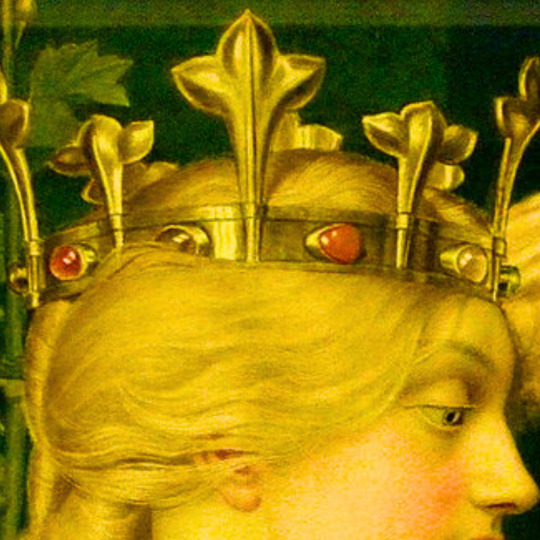
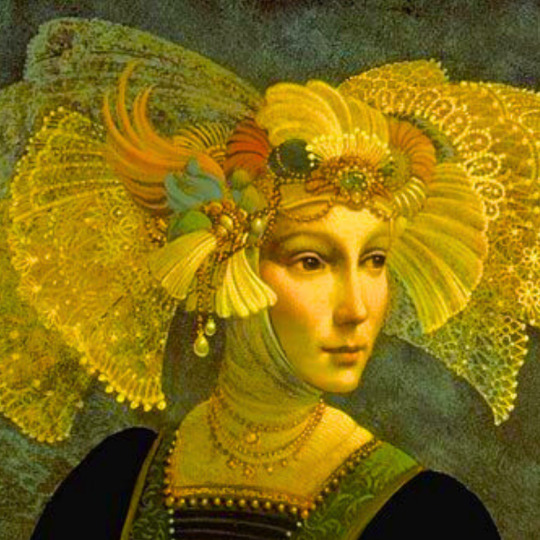

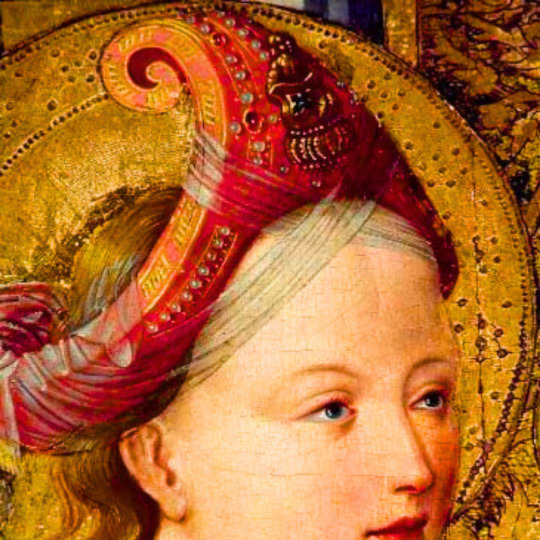
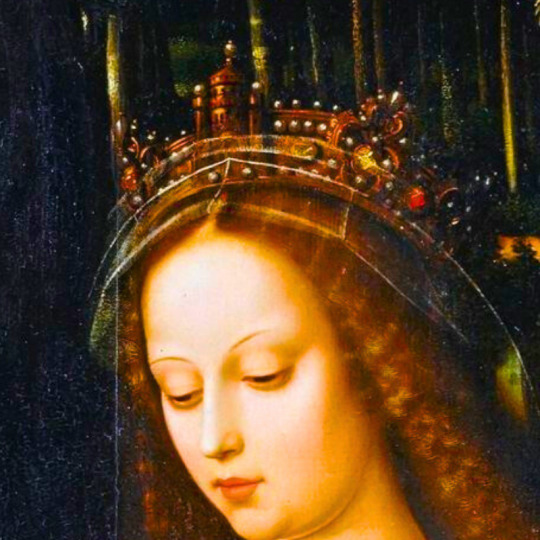
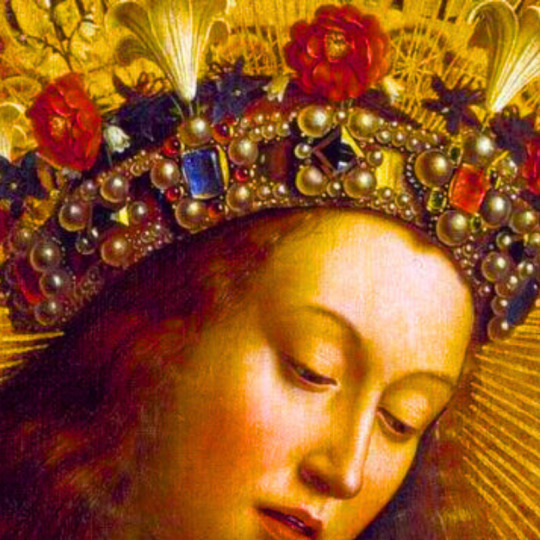
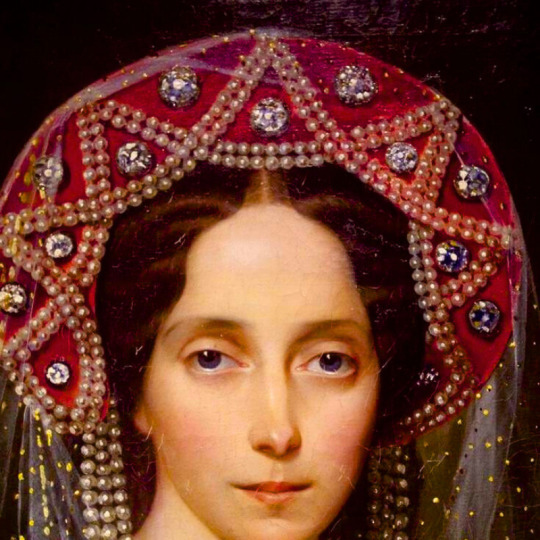
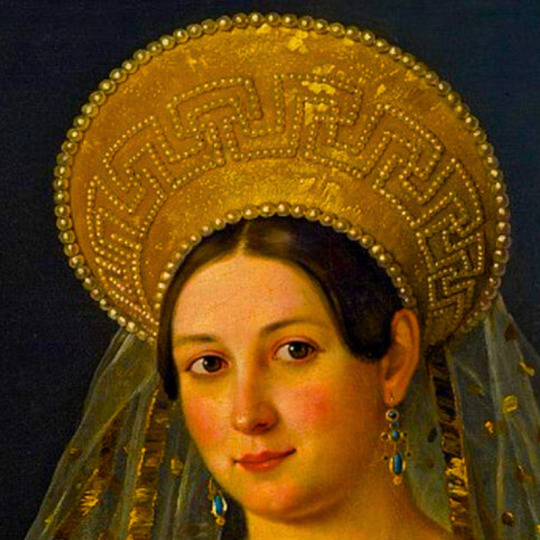

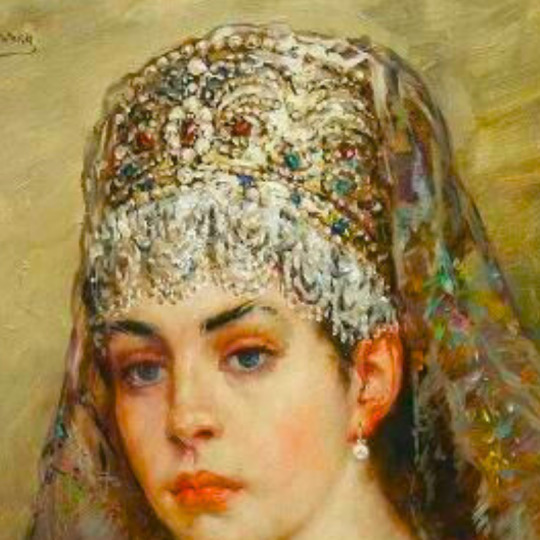
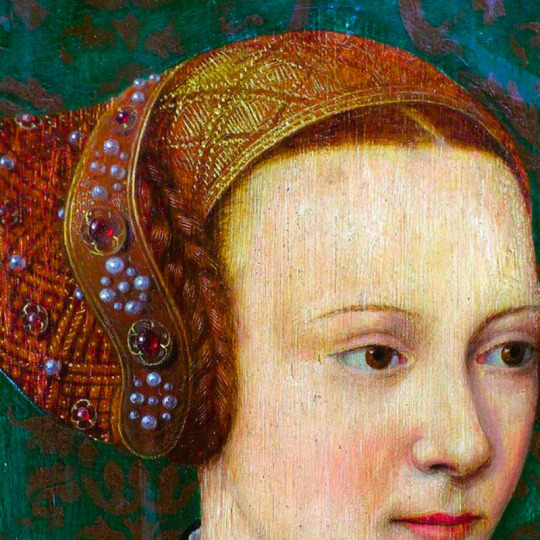
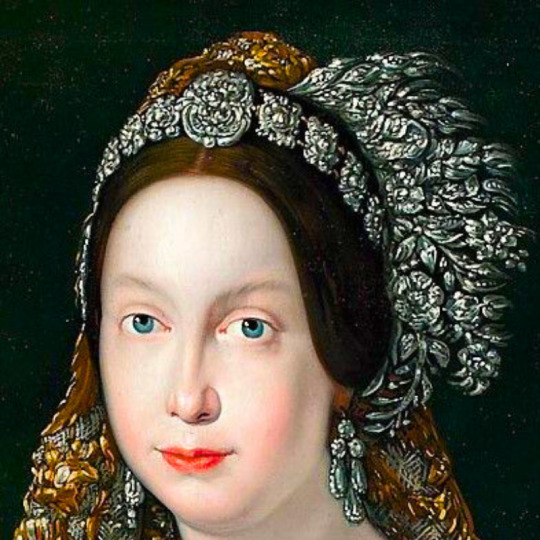

art + hair pieces
#orientatalin by edouard frederic wilhelm richter#cant find this one#this one either its tougher than you think to reverse search them#portrait of josephine de beauharnais by francois gerard#the marquise de seignelay and two of her sons by pierre mignard#infantin isabella clara eugenia at age 13 by alonso sanchez coello#grand duchess alexandra pavlovna romanova of russia but i cant find the artist#marie frederike amalie queen of greece by joseph karl stieler#empress josephine by jean louis viger#queen anna of hungary and bohemia by hans maler#elisabeth of austria by jooris van der straaten#anne wortley by paul van somer#manuela gonzalez velazquez tocando el piano by zacarias gonzalez velazquez#adelingen by heinrich friederich fuger#the unequal marriage by vasili pukirev#idealised portrait of a young women as flora by bartolomeo veneto#a portrait of a noble lady by jan adam kruseman#changing the letter by joseph edward southall#lorelei by james c christensen#the crucifixion by jacob cornelisz van oostsanen#saint dorothy i think this is the title its kinda confusing by i cant find the artist#saint barbara by ambrosius benson#virgin mary by hubert van eyck and jan van eyck#princess maria alexandrovna by ivan makarov#ladies in the blazon room of the winter palace by adolphe ladurner#queen marie therese and her son by charles beaubrun#boyar's wife by konstantin yegorovich#dont know the title but its by barthel bruyn the elder#queen isabella ii of spain by unknown artist#portrait of maria therese charlotte of france by antoine-jean gros
848 notes
·
View notes
Text
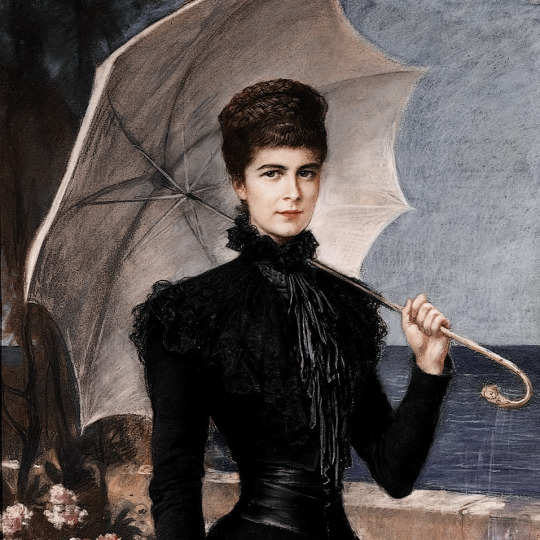

Empress Elisabeth of Austria and her Corfiot palace through the eyes of the Greek royals.
Greece was destined to offer the Empress Elisabeth the hospitality of its soil. She chose Greece as the country where she would hide herself and her sorrow. At Corfu she bought a site of ground from an old Corfiote Statesman called Braïla, and on it she built the Palace which she called "Achilleion", after her hero Achilles, whose statue was in the middle of the top garden terrace, and represented him at the hour of his death, drawing the arrow out of his heel. When in Corfu, it was understood, she was to be strictly incognito, and her wishes were always respected.
One day, suddenly, when we least expected it, she arrived at Athens, having travelled by the ordinary steamer, and called at the Palace accompanied by a lady -in-waiting. She asked the porter whether she could see the King and Queen. On the porter's inquiring who she was, she replied she was "the Empress of Austria." Whereupon we were brought down to verify that statement . It seemed impossible╴but it was the Empress of Austria! Needless to say she obtained her interview, and after half an hour's conversation she took her departure, insisting that her visit should not be returned by my parents.
As she was anxious to study Greek culture, she decided to learn modern Greek, and applied herself to the task with great energy and perseverance. She engaged a tutor for Greek conversation. Her first was Dr. Christomanos, an author and poet, who wrote a charming life of the Empress, which was translated into several languages. Her last was Count A. Mercati, who afterwards became Master of King Constantine's household.
Accompanied by her tutor, the Empress used to go off on a five or six hours' walk, all over the island; and even for the picturesque ceremony of combing and brushing her hair the tutor had to be present, talking Greek to her all the time. She learnt to speak Greek quite faultlessly. In the arrangement of her house the Empress took great pride, setting up the statues of all her new "Gods"; Sophocles, Euripides, Plato and Aristotle. She also had a statue of Heine, the poet, erected in a shrine.
When the Kaiser bought the Achilleion, he at once banished Heine, and raised Achilles from his recumbent position into a standing War Lord, with gilded helmet and shield, so that the first sight of Achilleion should be his glittering helmet.
It is a pity that the Empress tried to improve the natural beauty of the spot. Her lack of taste, I may even ungraciously say her eccentricities, were almost an eyesore. There was a grotto of artificial rock and mirrors, destined as a home for monkeys, who luckily never came to inhabit it. Though the island abounded in oranges, she sent to Italy for her fruit.
The view from the terrace over all the plain of Corfu, with its olive groves groups cypresses on one side and the sea and the mountains of Albania on the other one of the most exquisite I have ever seen.
The memoirs of His Royal Highness, Prince Nicholas of Greece and Denmark, My fifty years, 1926.
I was a child when the Empress came to Athens and saw her only once or twice, but I remember her more vividly than many people I knew far better. I imagine it was the same with everyone who came in contact with her. Her brilliant, beautiful and restless personality left an indelible impression.
She was so enchanted with Greece that she decided to build a villa in Corfu. The site she chose could not have been more beautiful, about twelve miles outside the town, set on a high hill overlooking the sea on one side and a chain of mountains on the other. But she was too impatient even to look at the plans and gave the architect carte blanche. So instead of the simple cottage she had intended he erected an orate and hideous palace lavishly adorned with frescoes, statues and bronzes of every description. This atrocity cost the Austrian Govemment twelve million crowns, I believe.
The Empress's life was dominated by the fear of losing her beauty. As she grew older it became an obsession. Hours were spent every moring brushing the glotious brown hair that she wore gathered into two great plaits coiled around her head.
This hair-brushing was a matter of solemn ritual. Any hairs that fell out during the process were carefully collected and presented to the Empress on a silver salver. If their number proved to be too many the entire day was blackened to her.
Once a captain of a Russian gunboat reported that he had seen a yacht coming into the Piraus harbour with a woman seated on the deck whose mass of hair reached down to the ground while two attendants stood behind her brushing it. " That could only be the Empress of Austria." said my father, when he heard the story.
Later in the day a carriage drove up to the Palace and a mysterious visitor was announced, a lady who refused to give her name. It was, as we expected, the Empress Elizabeth.
She insisted on preserving a strict incognito while she was in Greece, although it seemed rather unnecessary, since everyone knew who she was.
She detested nothing so much as being photographed, or even looked at for that matter, and always carried a large fan with her on her walks, so that she could unfurl it and hide her face from the passers-by.
The Empress was a fine woman in many respects, far finer, I think, than most of her biogtaphers have represented her. Intelligent, intuitive, sensitive, she had all the qualities to make a great empress. But she was tragically lacking in a sense of proportion. Even in the small issues of everyday life she had no idea of modera-tion. She could not take anything up without making it a mania.
While she was in Corfu she set herself to learn Greek, although she had gone there to rest. Now Greek is a complicated language and its study is hardly to be recommended as a restful pursuit. The Empress certainly did not regard it as such either for herself or any one else, for she wore out her two teachers, Count Mercati and Mr. Christomanos. Every day she walked ten or twelve miles with one or the other, talking Greek all the way and, even during the hair-brushing ceremony, one of them was always present reading to her.
Her figure became another obsession with her.
Although she was exaggeratedly slender when she came to Greece (she weighed, I believe, only seven stones) no Hollywood film star could have followed out a more Spartan regime. Her constant dieting made her irritable and depressed. Even when she lunched with my mother and father she would often eat nothing but a salad and some fruit, and she would start off immediately afterwards on one of her exhausting walks, skimming over the ground like a restless, beautiful wraith.
The memoirs of His Royal Highness, Prince Christopher of Greece and Denmark, 1938.
#long af post i’m sorry#empress elisabeth of austria#empress sisi#greek royal family#prince nicholas of greece and denmark#prince christopher of greece and denmark
107 notes
·
View notes
Text

Princess Elisabeth of Greece and Denmark.
89 notes
·
View notes
Text
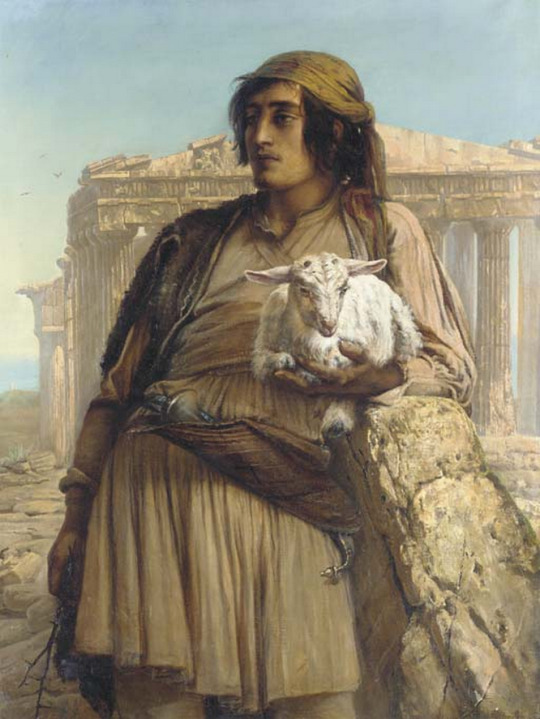
Elisabeth Jerichau-Baumann (Polish-Danish, 1819-1881)
En fårehyrde ved Parthenon
#Romanticism#Elisabeth Jerichau-Baumann#Polish Art#Danish Art#Art#Female Artists#Athens#Attica#Greece#Mediterranean
47 notes
·
View notes
Text
𝙲𝚑𝚘𝚌𝚘𝚕𝚊𝚝𝚎 𝚌𝚊𝚛𝚍𝚜 𝚘𝚏 𝚁𝚘𝚢𝚊𝚕 𝚠𝚘𝚖𝚎𝚗 👑✨🍫
(𝙿𝚊𝚛𝚝 𝟷 𝚘𝚞𝚝 𝚘𝚏 𝟺)
~~~~~~~~~~~~~~~~~~~~~~~~~~~~~~~~~~~~~~~~~~~~~~~
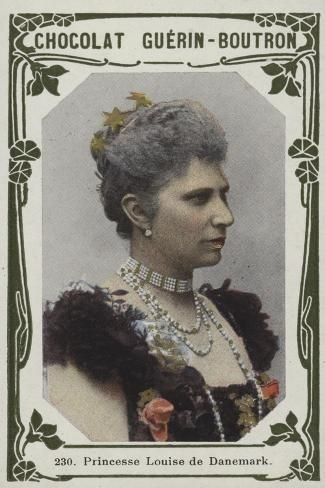
Queen Lovisa of Denmark, née Princess Lovisa of Sweden.
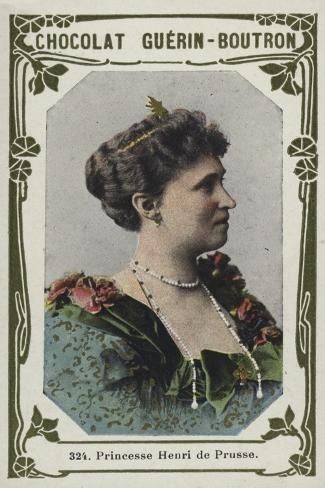
Princess Henry of Prussia, née Princess Irene of Hesse.
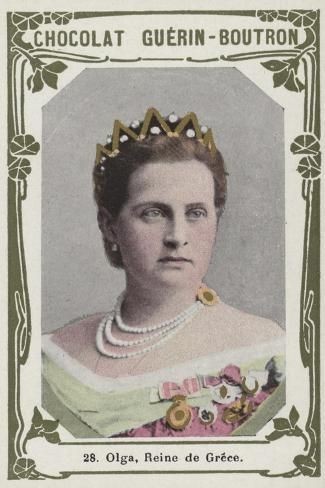
Queen Olga of Greece, née Grand Duchess Olga Constantinovna.

Crown Princess Margaret of Sweden, née Princess Margaret of Connaught.
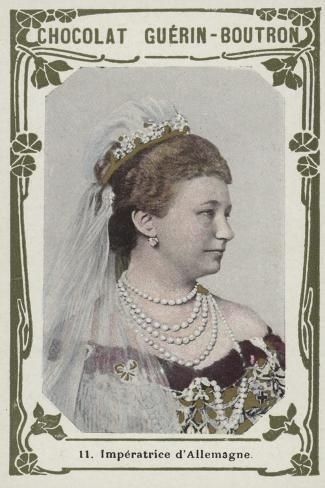
Empress Augusta Viktoria of Germany, née Princess Augusta Viktoria of Schleswig-Holstein.
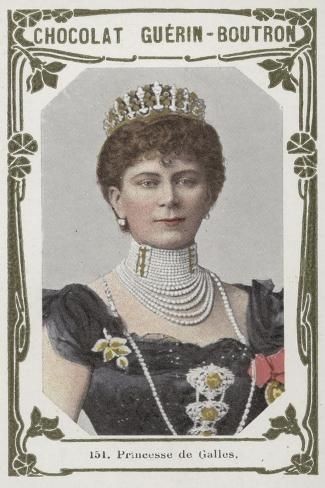
Queen Mary 𝚘𝚏 𝚝𝚑𝚎 𝚄𝚗𝚒𝚝𝚎𝚍 𝙺𝚒𝚗𝚐𝚍𝚘𝚖, née Princess Victoria Mary of Teck.
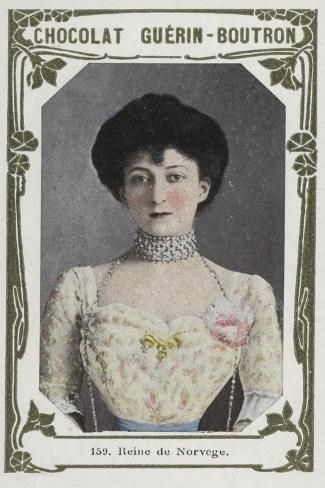
Queen Maud of Norway, née Princess Maud of Wales.

Empress Elisabeth of Austria, née Duchess Elisabeth in Bavaria.

Queen Elena of Italy, née Princess Elena of Montenegro.
#queen lovisa of denmark#lovisa of sweden#princess irene of hesse#princess henry of prussia#queen olga of greece#olga constantinovna#princess margaret of connaught#crown princess margaret of sweden#empress augusta viktoria of germany#augusta viktoria of schleswig-holstein#queen mary#mary of teck#queen maud of norway#maud of wales#empress elisabeth of austria#empress sissi#queen elena of italy#elena of montenegro#chocolate cards
10 notes
·
View notes
Text
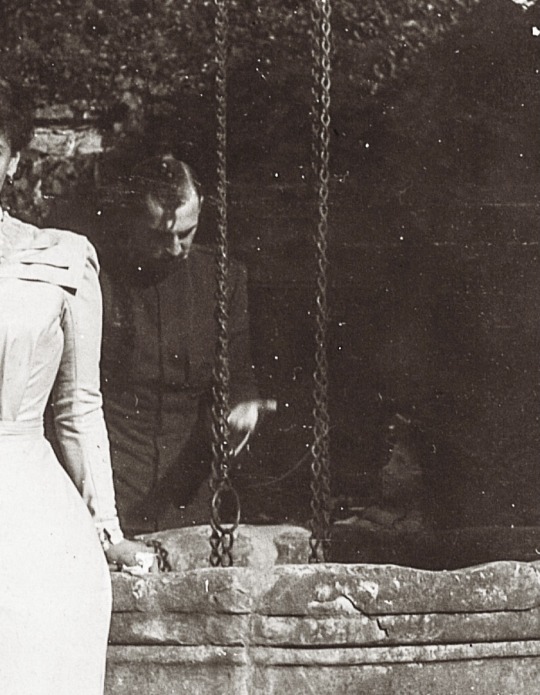
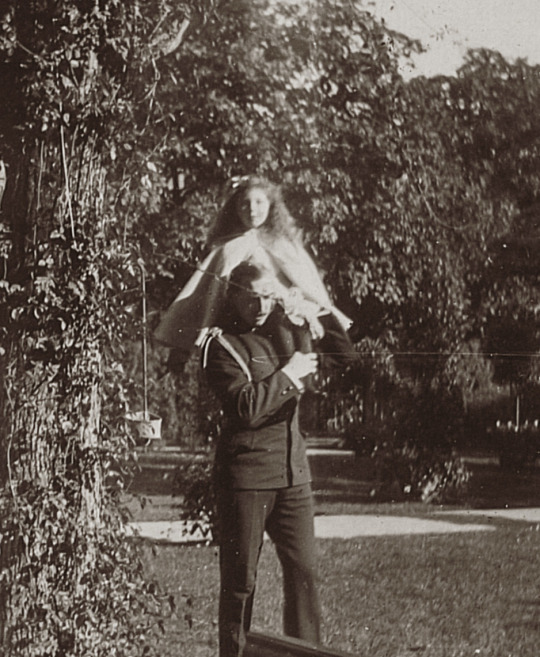
Candid moments between Prince Nicholas of Greece and Denmark aka “Greek Nicky” with his 1st cousin once removed, Princess Elisabeth “Ella” of Hesse, Wolfsgarten, Darmstadt, 1899
#awe cuties 🥰#✨😍🤍#prince nicholas of greece and denmark#prince Nicholas#greek royal family#princess elisabeth of hesse#ella of hesse#elisabeth of hesse#hessian royal family#hesse#wolfsgarten#1899#Nicholas of Greece and Denmark#greek Nicky#danish royal family
21 notes
·
View notes
Photo





Crown Princess Marie of Romania and her children, about 1907
#Queen Marie of Romania#Marie of Romania#1900s#Romanian Royal Family#Edwardian era#Queen Elisabeth of Greece#Queen Maria of Yugoslavia#Carol II of Romania#Prince Nicolae of Romania
55 notes
·
View notes
Note
Talking about 18th birthday tiaras, why Theodora din't received a tiara while Alexia did?
And also, not a tiara question, but dint knew where to ask, did Marius Borg Høiby received any royal order? At Ingrid Alexandra's birthday gala, he seems to be wearing some kind of official pin
And yes, loved Elisabeth's new tiara. It has beautiful design elements which is rare to see in these days high jewelry tiaras.
Nothing has ever been said about why Princess Alexia received a tiara but Princess Theodora did not. There are 18 years between when Alexia turned 18 in 1983 and when Theodora turned 18 in 2001. The family's financial situation may have been different by 2001 and they couldn't afford to spend that kind of money on a tiara. The family may have still had some hope back in 1983 that the Greek monarchy would be restored so a tiara for Alexia may have seemed more appropriate then. Theodora could have simply preferred a different type of present that she thought would be more useful to her. Really there are a lot of possible reasons and for a princess of a country that hasn't had a monarchy in 50 years, Theodora does alright in the tiara department. She's worn Princess Alexia's Diamond Tiara, the Antique Corsage Tiara, and the Turquoise Daisy Tiara.

Marius Borg Høiby hasn't received any orders but he has a couple medals. I'm not really an orders and medals person but my best guesses are the Royal House Centenary Medal on the left and King Harald V's Jubilee Medal on the right. Anyone please chime in if you know more.

Yes, I loved Princess Elisabeth's tiara and that is probably because it is an antique piece that's new to the family and not a newly made high jewelry tiara. We're calling it the Brabant Festoon tiara and I've got posts about it here and here.
#Tiara Talk#panachesstuff#Princess Theodora#Greece#Greek Royal Family#marius borg høiby#Norway#Norwegian Royal Family#Princess Elisabeth#Belgian Royal Family#Belgium
34 notes
·
View notes
Photo

8 notes
·
View notes
Photo

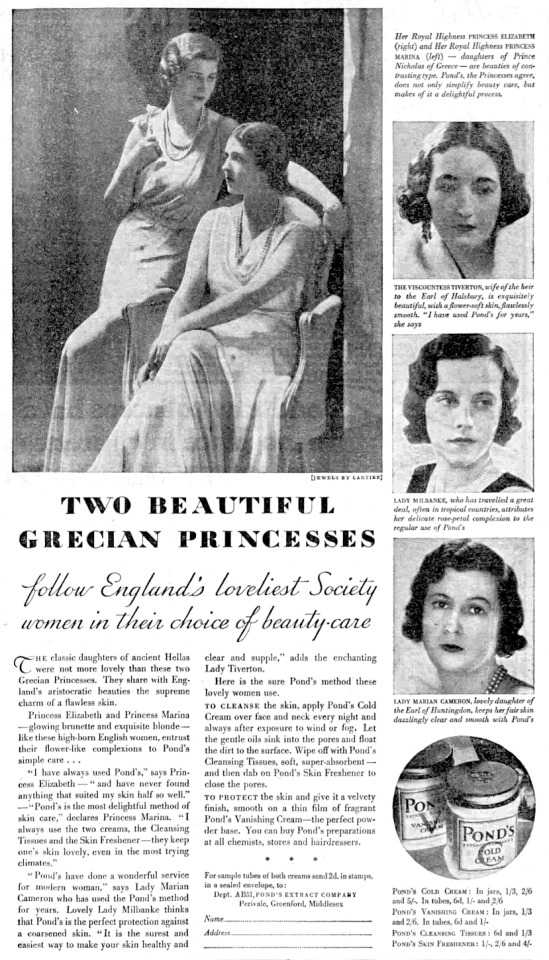
“Pond’s is the most delightful method of skincare”
declares Princess Marina.
Princesses Elisabeth and Marina of Greece
in advertisements for Pond’s Cold Cream,
early 1930s.
11 notes
·
View notes
Text
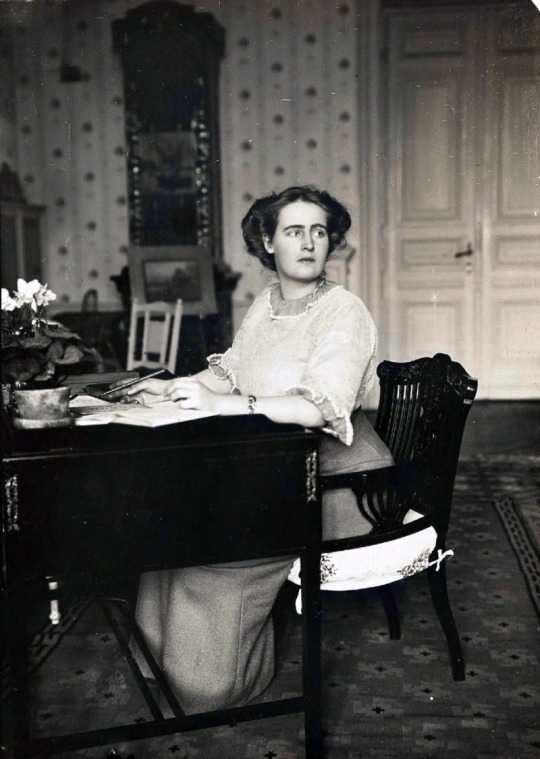
Princess Elisabeth; c. 1910's.
Photo by Charles Chusseau-Flaviens.
14 notes
·
View notes
Text

Η ΚΑΘΗΜΕΡΙΝΗ
#john perivolaris#black and white#monochrome#Greece#queen elisabeth ii#H ΚΑΘΗΜΕΡΙΝΗ#newspaper#obituary#news
2 notes
·
View notes
Text
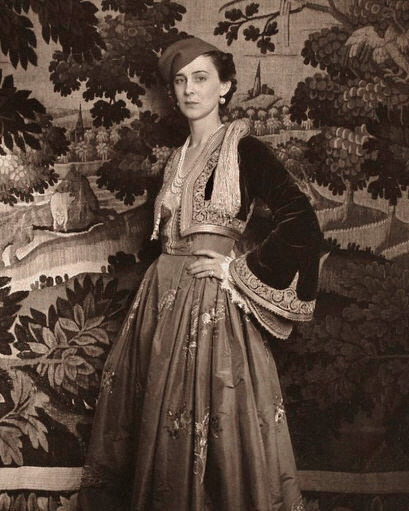

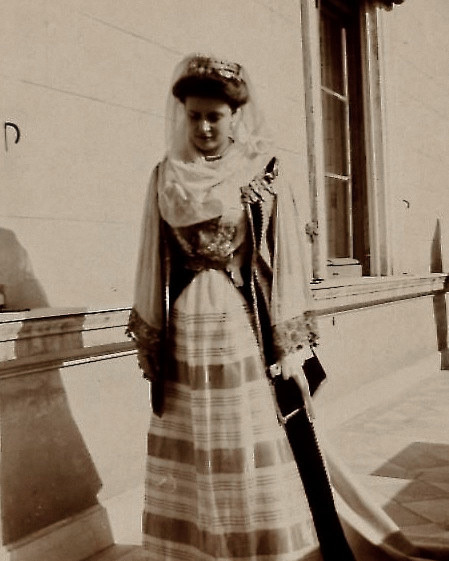
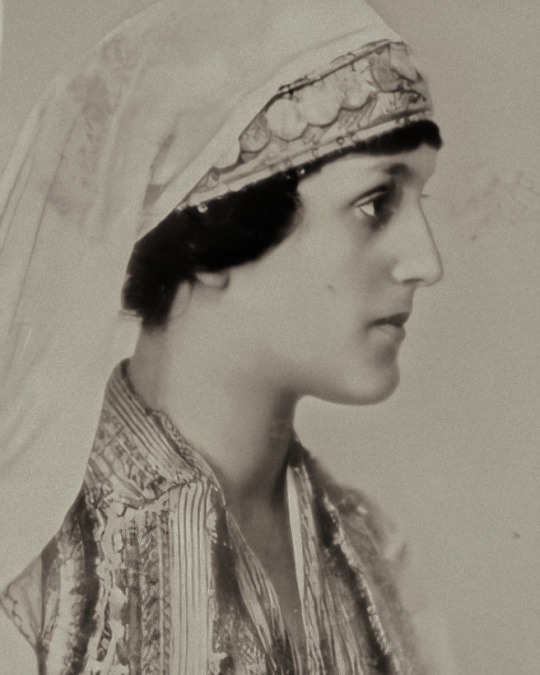
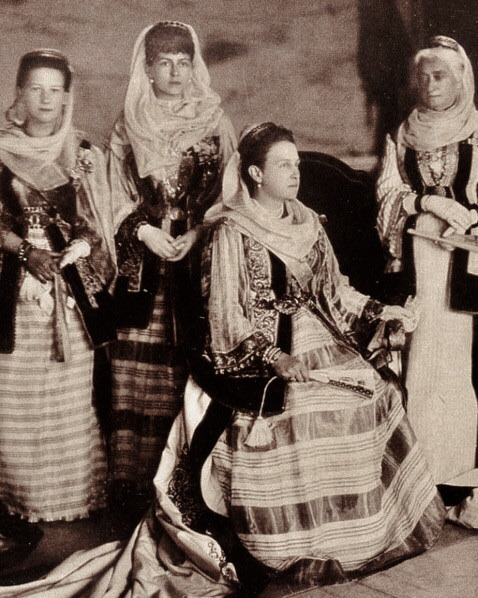



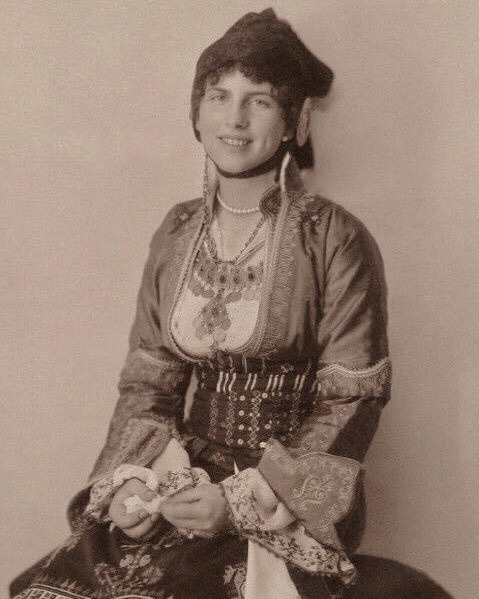
— Various women of the Greek Royal Family, photographed in their traditional Hellenic clothing.
#greek royalty#greek royal family#greece#princess marina of greece and denmark#queen olga of greece#princess alice of battenberg#princess olga of greece and denmark#queen sophia of greece#elisabeth of romania#alexandra georgievna#princess elisabeth of greece#helen of greece and denmark#helen of romania#royalty#royals#royal family#history#women history#historic
356 notes
·
View notes
Text
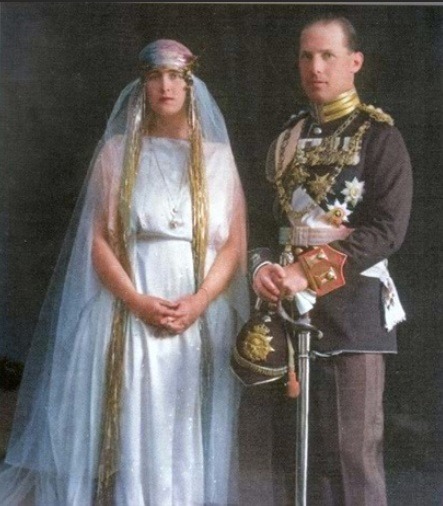
1 note
·
View note
Text
Not many people know what amatonormativity is and I think that's a shame because it's a very useful concept to keep in mind
So let's do a crash course
What is amatonormativity?
A term coined by Elisabeth Brake in 2011 in her book Minimizing Marriage: Marriage, Morality, and the Law, used to explain the societal assumption that all people seek romantic relationships in the form of long term monogamous relationships. Easy, right? No
Nothing in life is so easy, especially not something like an idea taken as absolute truth by most people for as long as we can remember
Let's take it from the top
Amatonormativity intersects with cisnormativity, heteronormativity and patriarchal gender norms. What amatonormativity tells us is that EVERYONE wants and needs a committed heterosexual monogamous romantic relationship that usually ends in children. The American 50's ideal is a good example of that
The reason why the other terms I mentioned are not enough to talk about these issues is that they don't target specifically the nature of relationships under patriarchy. They are obviously talked about (especially in discussions about gender norms) but they are not the focus. There is also the problem that many don't recognize the insistence of love as a measure for one's humanity as a problem at all
We live in a world where love is considered to be the very proof of humanity. This is obviously a problem because there is no universally accepted definition of love outside amatonormativity, which claims that only romantic and familial love exist. There is no acknowledgement of alternative ways to love or of humanity existing apart from this concept
What is love? This is what I want to ask you, and I want everyone to think seriously about this question. Is it the idea of a soulmate, of finding your "other half"? Because then comes the 'why?'. Why should anyone find their 'other half'? Why can't people be whole on their own? Is there any weight to this idea at all?
But wait! Some will say! That's not all there is to love. Love is the affection and care you hold for other people. And that is a fair answer. But now I want to ask you, why should that be the measure for someone's humanity?
This conversation goes in circles. Philosophers have tried to find a way to define humanity since Ancient Greece and probably longer, and I'm not here to attempt to answer this question
But there is another question I can answer: why is it important? Why is amatonormativity and being aware of it important? Several reasons. Not only does it affect the lives of aspecs, polyamorous people, childfree and infertile people by making them feel less human for not participating in it's rituals, it also implicitly supports cisnormativity and heteronormativity
The model proposed by amatonormativity is ripe for exploitation, manipulation and abuse. It cuts off people's support networks by devaluing all other kinds of connections, it keeps people from leaving abusive relationships by eliminating all kinds of alternatives to happiness and fulfillment, it makes people enter relationships they don't want because it makes it seem like there is no other alternative, it blinds people to potential or ongoing abuse because it makes us believe that love can only be good and pure
Amatonormativity is often talked about in aspec and polyamorous spaces, but many others are unaware of its influence, and I think this is a mistake and another example of amatonormativity (blinding people to the flaws and alternatives to the ideal it proposes is another way amatonormativity works). And this is a shame, because the queer and feminist movements (along with all the other progressive movements) can't ever attain their goals without addressing amatonormativity
1K notes
·
View notes